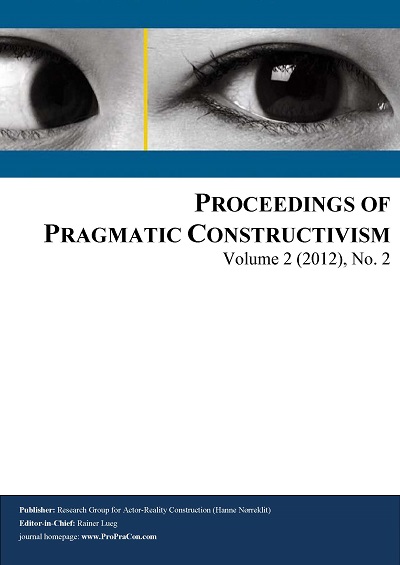Highlighting the complex interrelationship between the concepts of trust and control
DOI:
https://doi.org/10.7146/propracon.v2i2.16679Keywords:
Trust, control, concepts, management control, mergers, acquisitionsAbstract
This paper presents the area of management control and trust in an inter-organizational setting with an attempt to offer a fresh perspective on the complex relationship between and different understandings of the two concepts of trust and control. This is done with help of two case studies in a cross-cultural setting and involving five multinational companies that were involved in two large acquisitions. Obviously, different actor groups’ cultural and educational heritage has brought with it that dissimilar opinions exist on the subject of mainly system-based versus inter-personal based trust.
The paper first demonstrates that trust and control can mean different but also the same things to different people, depending very much on the logic and values applied but also depending on if the actors were motivated more intrinsically or extrinsically. Further, what impact certain control mechanisms, or the lack thereof, have on individual’s behavior is outlined. The paper also reveals that it is difficult to find the right balance between diverse types of control and trust as time went on after the acquisitions. The main reason for this is that actors with different socio-cultural heritage use different references regarding trust and control and put unlike emphasis on what should be focused on, what should be counted, and what should be accounted for. Trust and control can mean almost identical things but the cases illustrate that, from a rhetorical and convincing point of view, system trust appears to be stronger in certain settings than inter-personal trust, as it, to particular actors, provides the impression of being in control. The contrary is true in other settings, where having ‘facts and figures’ and ‘a whole bunch ‘of accounting systems and accounting techniques not automatically mean to be in control, thus leaving more room for the use and appreciation of inter-personal trust.Downloads
Published
How to Cite
Issue
Section
License
Previous and future use of the work
ProPraCon assumes the non-exclusive rights to publish and store the work of its authors, once they have consented to a publication. Since the rights to publish are non-exclusive, authors are free to re-use their work, e.g., to publish it in other media (as ProPraCon aims at publishing proceedings). Hence, it is explicitly allowed that works submitted to ProPraCon may be published in a somehow similar form in other media. Yet, submitting authors warrant that the work is not an infringement of any existing copyright and will indemnify the publisher against any breach of such warranty.
Permissions
By submitting work to ProPraCon, the authors declare that they have permission to use any content that has not been created by them. Specifically, when using tables, figures or excerpts of more than 400 words, it is expected that the authors…
- …obtain written permission of copyright for the use in print and electronic formats of any of their text, illustrations, graphics, or other material, in their work. This includes any minor adaptations.
- …acknowledge the original source in captions and in the reference list.





